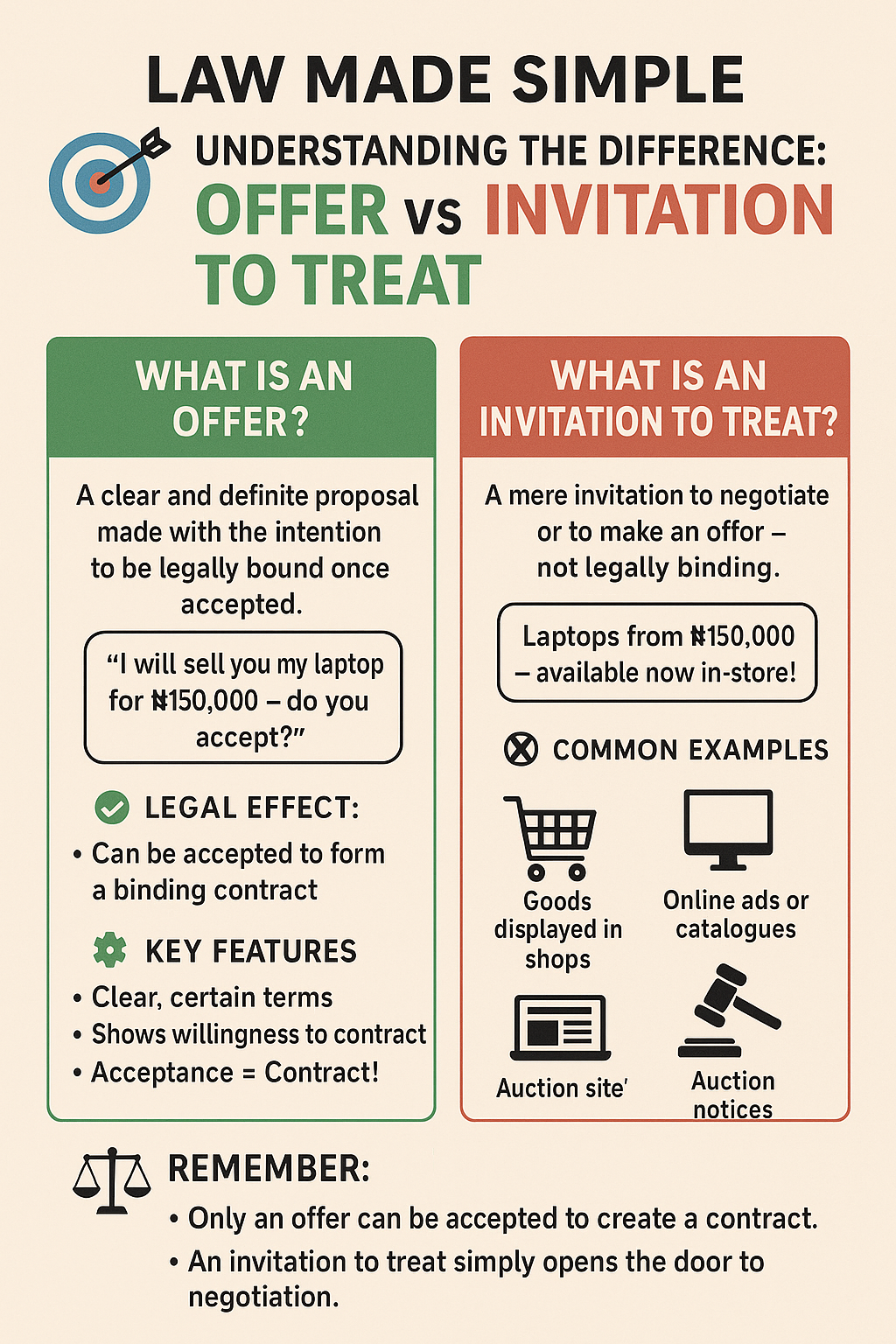By L.P. Osakwe
In the intricate world of legal agreements, where every comma and clause can carry significant weight, there exists a principle that serves as both a safeguard and a silent threat: the contra proferentem rule. For any seasoned drafter, this Latin maxim – meaning "against the offeror" or "against the party who drew it up" – is not merely a theoretical concept but a practical imperative that underscores the absolute necessity of meticulous and unambiguous drafting.
At its core, contra proferentem dictates that should a term or phrase within a contract prove to be ambiguous or open to multiple reasonable interpretations, a court or tribunal will, in the absence of other clear evidence of intent, interpret that ambiguity against the party who drafted the clause.
This principle is not a punitive measure but rather a cornerstone of fairness, aiming to protect the party who did not have the opportunity to shape the language of the agreement.
Consider the implications for a drafter. Every word chosen, every sentence structured, and every definition provided becomes a potential point of contention. If clarity is sacrificed for brevity, or if a term's scope is left ill-defined, the drafting party risks having the provision interpreted in a way that is detrimental to their interests. This could lead to unforeseen liabilities, an unintended allocation of risk, or the nullification of a carefully constructed protection.
For instance, think of the ever-critical exclusion or limitation of liability clauses. These provisions are designed to cap or eliminate financial exposure in certain circumstances. However, they are often subject to strict interpretation by courts, particularly in consumer contracts where there's a power imbalance. If such a clause is vaguely worded, or its scope is not explicitly delineated, the contra proferentem rule could render it significantly less effective, or even entirely unenforceable, leaving the drafter exposed to the very risks they sought to mitigate. The same applies to indemnity clauses, where imprecise language can result in a much broader obligation to compensate than initially intended.
Beyond specific clauses, the rule serves as a powerful incentive for overall contractual precision. It pushes drafters to foresee potential misinterpretations, to consider all plausible readings of their text, and to adopt language that leaves no room for doubt. This diligent approach is not just about avoiding legal pitfalls; it's about fostering trust and predictability between parties, ultimately reducing the likelihood of costly and time-consuming disputes. Litigation often stems from conflicting interpretations of contractual terms. By minimizing ambiguity at the drafting stage, parties can save themselves the significant financial and reputational costs associated with legal battles.
In essence, contra proferentem is the unseen hammer that can strike down the drafter's intentions if the language they employ is not robust enough to withstand scrutiny. It is a constant reminder that the responsibility for a clear, concise, and watertight agreement rests squarely on the shoulders of the one who crafts it.
Therefore, for legal professionals and business drafters alike, an unwavering commitment to clarity is not merely good practice – it is an indispensable defense against the unforgiving force of the contra proferentem rule.



